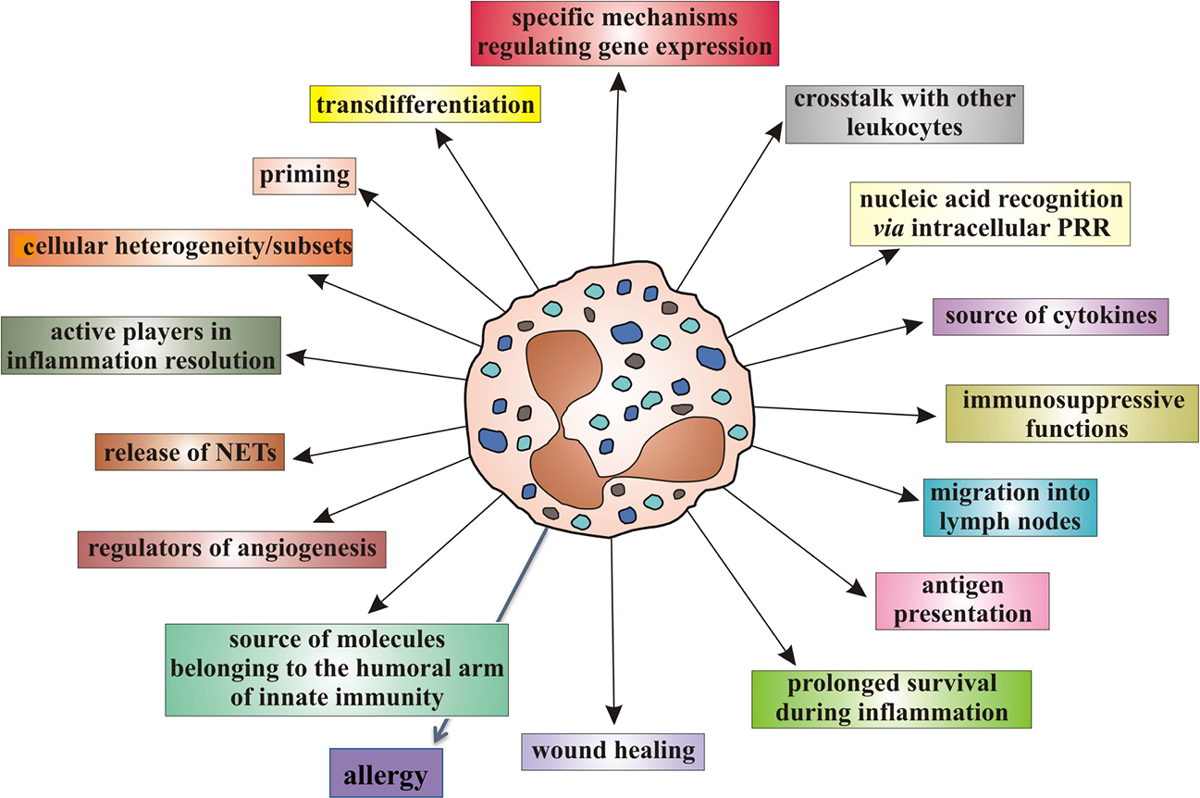Characteristics of Chiropractic Practitioners, Patients, and Encounters in Massachusetts and Arizona
J Manipulative Physiol Ther. 2005 (Nov); 28 (9): 645–653
Robert D. Mootz, DC, Daniel C. Cherkin, PhD,
Carson E. Odegard, DC, MPH, David M. Eisenberg, MD,
James P. Barassi, DC, Richard A. Deyo, MD, MPH
State of Washington,
Department of Labor and Industries,
Olympia 98504-4321, USA
OBJECTIVE: To describe chiropractic care using data collected at the time of each patient visit.
METHODS: Random samples of chiropractors licensed in Arizona and Massachusetts were recruited to participate in interviews about their training, demographics, and practice characteristics. Interviewees were then recruited to record information about patient condition, evaluation, care, and visit disposition on 20 consecutive patient visits.
RESULTS: Data for 2,550 chiropractic patient visits were recorded. Care for low back, head and neck pain accounted for almost three quarters of visits. Extremity conditions and wellness care accounted for approximately half of the remaining visits. Spinal and soft tissue examinations were the most frequently reported diagnostic procedures (80% and 56% of visits, respectively), and high-velocity spinal manipulation techniques were the most frequently reported therapeutic procedures (almost 85% of visits). Rehabilitation exercises, thermal modalities, electric stimulation, and counseling/education/self-care were each performed during approximately 25% of visits. Approximately 85% of patients seen were self-referred, whereas only approximately 5% came from medical physicians. Approximately 35% of visits had an expected source of payment directly from the patient. Approximately 80% of visits ended with a plan for the patient to return at a specified time.
CONCLUSION: These findings are consistent with the findings of previous studies and confirm that chiropractors use conventional patient assessment approaches with specific attention to spinal and musculoskeletal procedures, infrequently incorporating interventions commonly associated with other complimentary and alternative care providers. These findings illustrate that diagnostic assessment and follow-up are integral to chiropractic clinical encounters and offer a baseline for best practices development. The data also offer insight into chiropractic use and may be of interest to chiropractic leaders and education planners for professional development purposes.
From the FULL TEXT Article:
Background
The number of chiropractors in the United States has grown steadily in recent years. [1] The use of chiropractic services has also been increasing although it appears to have plateaued. [2, 3] With more than 60,000 practitioners in North America, chiropractic is now one of the largest health professions and is expected to approach 100,000 by 2010. [4] The increasing contributions of chiropractors in health care has generated greater interest in understanding the characteristics of chiropractic practice patterns and treatments. Four systematic approaches have been used to gather information about chiropractic practice: chart abstraction, patient recall surveys, practitioner recall surveys, and reviews of administrative/ utilization databases. [1, 5–7] All of these approaches suffer from the limitations of either patient or provider recall, or rely on data collected through retrospective review of records not designed with research in mind.
The current study takes a different approach to describing the practices of chiropractors in the USA. It is patterned after the National Ambulatory Medical Care Survey (NAMCS) that collects practice encounter characteristics close to the time of each patient encounter. [8] This approach allows for standardized collection of visit data immediately after individual patient encounters, minimizes problems of long-term provider recall, limits the artifacts of chart documentation focused on insurance reimbursement requirements, and avoids the pitfalls of retrospective administrative data analysis.
SOURCE: Read the rest of this Full Text article now!





Leave A Comment